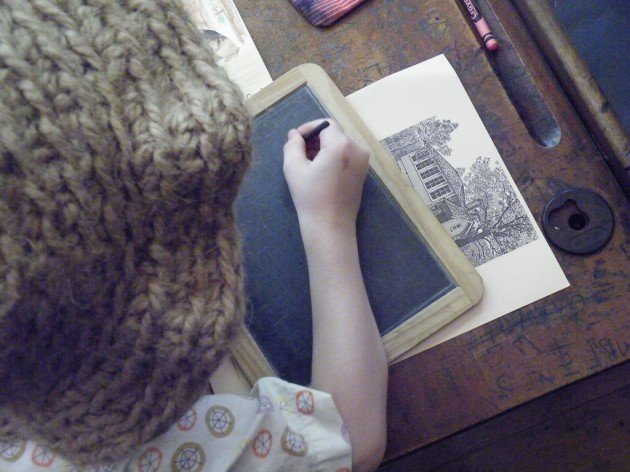While you're learning to apply problem-solving skills in everyday life, there are several aspects of problem-solving that you'll need to be aware of. First, the problem you thought you were having might not actually be the real one, nor is the solution you came up with right either. To learn how to apply problem-solving techniques, you should consider these six key elements of good problem-solving:
Find a Problem-Solving Worksheet. A good problem definition involves identifying the problem and identifying the symptoms of it. It may also be that you are not performing up to standard in a particular area. This could be due to lack of training or an excessive workload. If you're unsure of where to begin, try out a problem-solving worksheet together. The worksheet will help you and your child to both understand the concept and the issue at hand.
Create a Problem-Solving Worksheet. Creating a problem-solving worksheet can help you brainstorm solutions and develop new strategies. This method can be helpful in group activities or by yourself. If you're not comfortable solving problems on your own, you can ask for help from friends and family. It can be therapeutic and can lead to more creative ideas. However, you'll need to know how to create a problem-solving worksheet.
Build a Problem-Solving Team. Collaborating with people with different backgrounds and roles will give you a more diverse view on the problem-solving process. This will enable you to come up with fresh ideas and improve your career. You'll also have the advantage of incorporating feedback from diverse individuals in your problem-solving process, ensuring that the end result is beneficial. You'll have more confidence and a positive attitude to deal with problems.
It's important to remember that the process of problem-solving can be simple or complex. The best approach is to identify the problem and make an evaluation of the factors involved. Next, you'll need to develop a solution. When you've identified a problem, try to evaluate its components to come up with a possible solution. If you're a novice at problem-solving, you can ask for help from other people in your team.
Solving problems on your own can be a great way to improve your problem-solving skills. Using the internet is a great way to practice problem-solving skills. Identifying variables, drawing pictures, and rewriting problems will all help you improve your problem-solving skills. In addition, you can also consult other people to help you solve a specific problem. A third option is to work in groups.
After you've defined a problem, you'll need to make a plan. By defining the problem, you'll have a better idea of which approach will work best for you. As with all projects, you should make a plan and follow it carefully. You'll want to think through the problem before implementing it. A solution will help you make decisions without interruption. This is an important step in the process of solving a problem.

